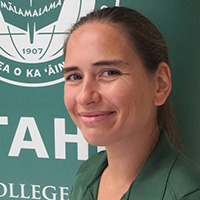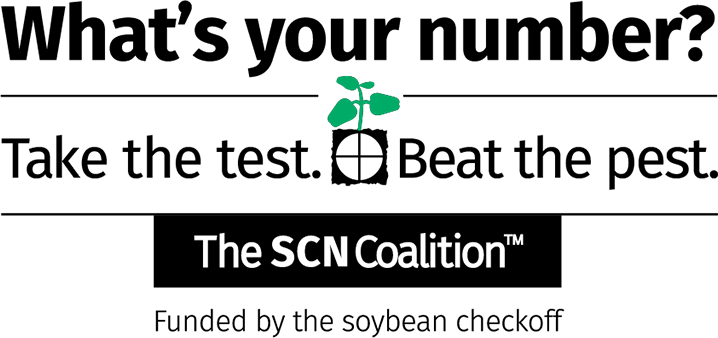
Michigan State University
SCN in Michigan:
- It is the most important soybean pathogen in Michigan and soybean is an important crop in Michigan.
- The most important tool to manage SCN in Michigan is resistant varieties (PI 88788) and it is no longer working as effectively because 94% of SCN populations have an elevated reproduction (> 10%) on PI 88788.
- SCN distribution
SCN Management Recommendations
There are multiple tactics for managing SCN:
- Test soil and know SCN numbers and SCN type (ability to reproduce on a source of resistance).
- Have good sanitation practices (prevent soil movement) if a field does not have SCN (prevention).
- Rotate with non-host crops such as corn, wheat, and most non-leguminous crops.
- Rotate sources of resistance (i.e. Peking and PI 88788).
- Promote soil health with inputs such as manures applied during years of non-host rotations (i.e. corn or wheat), non-host cover crops.
- Consider using seed treatments.
Michigan State University Experts



